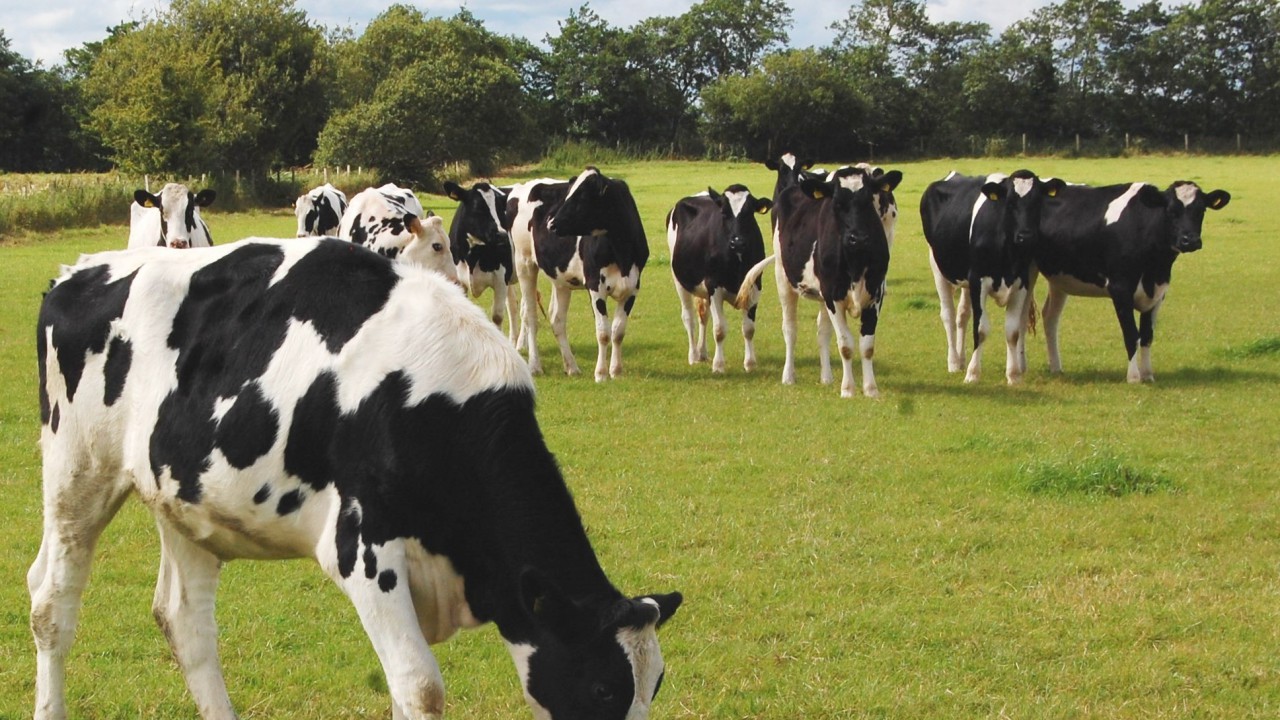The Irish dairy industry has experienced significant change over recent decades. However, heifer rearing practices post-weaning remain relatively unchanged.
According to Agri-Food and Biosciences Institute (AFBI) research scientists, heifers achieving target weight is key, as failure adversely affects milk production and can result in reduced fertility.Grazed grass is high in protein
The good news is that grazed grass provides a high protein, low fat diet, and remains the cheapest source of high quality feed.Pasture allocation is recognised as a key factor in animal production due to its effect on herbage intake.
Pasture allowance will also affect pasture utilisation and the nutritional value of the sward in subsequent rotations.AFBI study on grazing targets
The objective of a recent AFBI study was to investigate the optimum pasture allowance for replacement dairy heifers, to achieve optimal animal and pasture performance.The work involved 72 autumn-born Holstein heifers, which were assigned to three pasture allowance (PA) treatments at 1.8%, 2.4% and 3.0% of live weight (LW) allowance of grazed grass per day.
There were nine groups of eight heifers, which were on average five months old and 155kg at the start of the study.Each group of heifers had a rotation of seven paddocks and paddock area was allocated based on grass availability and target allowances.
The study began at the beginning of April with a 14-day rotation length (two-day paddock residency) until the beginning of June, with a rotation length of 24.5 days thereafter (3.5 day paddock residency). The study ran for 159 days. Heifer live weight and body condition score were recorded on a fortnightly basis. Compressed sward heights were measured with a rising plate meter and recorded on animal entry and exit to each paddock.Results of study
The results achieved from the trial were extremely interesting. Specifically, the average live weight gain of the heifers on the 1.8%, 2.4% and 3.0% treatments across the season, was 0.64kg, 0.75kg and 0.82kg/day, respectively.There was a greater range in weights recorded among the animals on the highest pasture allowance. Animals offered the highest and medium pasture allowances, maintained their weight, however those given the lowest pasture allowance lost weight.
Pasture utilisation was greater in the lowest pasture allowance. It was also expected that as pasture allowance increased, pasture production and pasture quality would decrease.However no significant difference was observed in either pasture production or quality across the three treatments.
The trial confirmed that allocating a higher allowance of grass to heifers can improve performance while not affecting the amount or quality of the grass grown. Increasing pasture allowance from 1.8% to 3.0% improved live weight gain by 0.18kg/day across the season. However pasture utilisation decreased by 14.2%. Therefore, the practical conclusion is that a pasture allowance in the region of 2.4% of herbage dry matter (DM) per kg of live weight, is the optimal compromise between animal and pasture performance.
